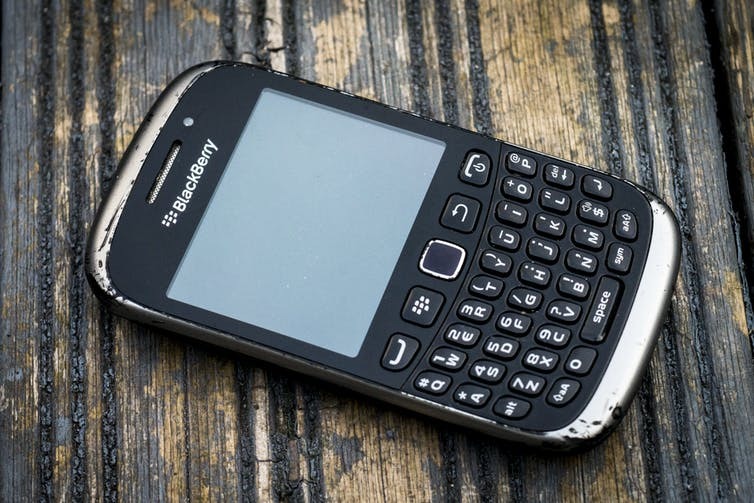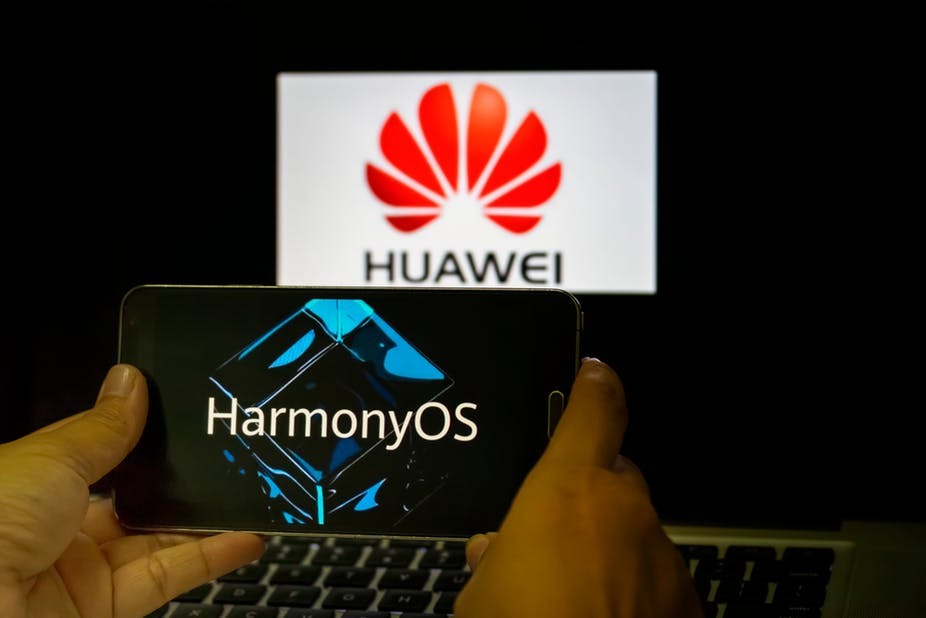Huawei’s meteoric rise in the telecoms business was brought to a dramatic halt in April when the US government put a ban on US companies doing business with the Chinese firm. This includes Google and, crucially for Huawei’s smartphone users, access to the Android operating system updates.
Under pressure to come up with a solution, Huawei announced a new, lean operating system, Harmony OS, to the world on August 9. Similar to Android, Huawei’s new operating system can easily work across multiple device types, from TVs to smartphones.
The technology behind the OS certainly looks promising. The launch presentation included some staggering benchmarks of improved performance and security, even when compared to what we know about Google’s latest in-development Android operating system, Fuchsia OS.
To some, the announcement was much needed relief for Huawei smartphone owners who have been rightly worried that their expensive purchases would become obsolete more quickly. After all, a new and improved Huawei OS that can easily replace Android OS on Huawei phones will help remove the firm’s dependence on Google’s technology.
Huawei CEO Richard Yu even claimed that, if push comes to shove, the company can do a global rollout of Harmony OS across all its smartphone devices on a one-to-two day notice. Unfortunately, Yu was also the first to admit that going head-to-head with Android with a substitute mobile OS is not Huawei’s preferred strategy.
He is right, of course. Here are four reasons why Huawei’s latest OS is not a magic solution to the company’s problems:
1. App shortage
Most users have no idea what an operating system does. They use their phones for the apps. App developers target operating systems with large user bases since it means they will recoup their development costs much quicker. No one is interested in operating systems with small market shares.
Although Huawei can theoretically just switch all of its users to its new operating system, the associated apps would need to be altered, as Harmony OS is not compatible with Android. With over 2m apps on Google’s Play Store, it would require a lot of patience and deep pockets to convince app developers to port their apps from Android to Harmony and keep them updated.
Even with the right financial incentives for developers, just porting apps across is not a surefire recipe to get customers to adopt a new OS. A good example here comes from RIM, the company behind the ill-fated Blackberry phone. When RIM launched its Blackberry 10 in 2013 it held a big “port-a-thon” event that brought 15,000 apps onto its platform in under two days. As well as making it easy for developers, it gave them a financial reward of US$100 per app. But 15,000 apps is a drop in the ocean of then then one million Android apps and was simply not enough to bridge the gap to save RIM’s struggling smartphone business.

While Huawei claims similar ease of porting between Android and Harmony, it would take a mammoth effort to get thousands of developers across the board and then to stay there.
2. Lock in
Switching operating systems is much harder now than it was in the past. A mobile OS today generates and stores most of your personal online passwords, carries a virtual version of your credit card for easy spending, backs up all your videos and images to their respective cloud drives, and much more.
Shifting all of that information across mobile operating systems has so far been a broken process. Even dedicated transfer apps by Apple and Samsung have failed to do this seamlessly for various strategic, security and technical reasons. With a third OS in play, it will not get any better.
3. The trade ban goes beyond Android
The trade ban on Huawei is in full force on all US companies and not just Google. This means that apps from the likes of Facebook, Amazon, Uber, eBay and Paypal among others cannot be simply ported over to the new operating system without a special license.
With increased trade tensions between the US and China, the chances of leeway for these companies to obtain such a license any time soon seem low. Huawei smartphone owners in the West will then have to contend with expensive devices that cannot run their favourite apps – dramatically reducing their value.
4. Impact on non-mobile business
Given the dramatic and very public nature of the US ban on Huawei, its financial impact will likely affect Huawei’s telecoms equipment business everywhere else. For consumers and governments increasingly worried about privacy and data protection, working with a technology provider in the throes of controversy isn’t exactly comforting. For Huawei, launching a new mobile operating system will not help solve that issue and will continue to put pressure on the technology giant’s exports outside of China.
The Chinese government can do more than any other country to help Huawei out of this pickle, but not nearly enough. Given China’s own ecosystem of highly popular apps, users there will not be as badly affected. But outside China it’s a different story.
Even if the Chinese government were to retaliate by banning Apple and handing its declining market share to Huawei, that still wouldn’t solve the firm’s global conundrum. Huawei was in the vanguard of China’s march towards technological dominance but Donald Trump’s trade ban has stopped it in its tracks. Relenting on Huawei would mean letting the world’s dependence on US tech slip – something the US just isn’t prepared to allow.
- is Associate Professor of Strategy and Policy, Cambridge Judge Business School
- is Visiting Fellow in Strategy, Cambridge Judge Business School
- This article first appeared on The Conversation




